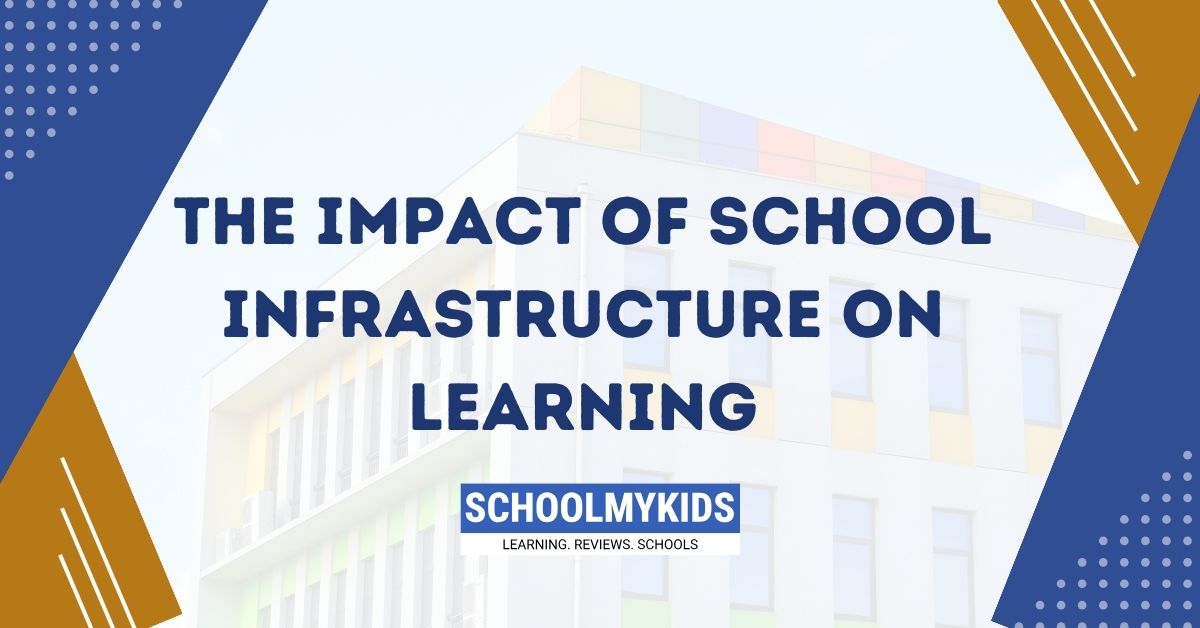Think of sending your offspring to a school with an environment that has natural light in the classrooms, colors decorating each room, which increase creativity levels, and desks suitable for group working. On the other hand, imagine a dark room crowded with broken tables and a leaking ceiling. Appearances are not the only thing that matters when it comes to school infrastructure; they play a major role in ensuring your child is healthy, has access to knowledge, and indeed does well academically. This article focuses on the key role that school infrastructure plays in shaping your child’s learning, based on various research and global case studies to show how it can be done right.
Setting the Stage for Optimal Learning: Nurturing the Learning Environment
Creating the Ideal Learning Environment: Optimizing Classroom Conditions
The infrastructure of school does not only involve physical buildings but also forms part of your child’s psychological well-being during learning. It has been found and proven that factors like lighting, temperature, acoustics, and color schemes can affect the level of attention, motivation, involvement, and, finally, academic performance. For instance, natural light improves the educational atmosphere, and paint color deliberation can help design rooms that are peaceful or active according to the purpose of education.
Paving the Way: Effective Planning and Implementation
To this end, creating optimal school environments is a holistic practice in which architects and educators work together to design spaces that foster attentiveness and vitality. It also involves installing flexible lighting systems, using natural ventilation techniques, investing in soundproof materials, and choosing color schemes that foster different types of learning.
Beyond Walls and Floors: Designing for Educational Pedagogy and Community Connection
School design is much more than a façade; it affects the performance of teaching and learning. Collaborative learning is promoted through open floor plans, while separate breakout spaces accommodate individual study needs. Different types of teaching methodologies are based on flexible furniture arrangements ranging from traditional lecturing to group work for students or student-guided activities.
Paving the Way: Planning and Implementation for Effective Impact
Transforming the education landscape through infrastructure requires more than good intentions; effective planning and implementation are crucial. This involves fostering dialogue and partnerships among stakeholders, including policymakers, government officials, administrators, teachers, architects, engineers, and community residents. Shared vision and communication are essential to ensuring that infrastructure projects meet the needs of the entire learning community.
Learning from successful case studies is invaluable. For instance, the “Schools of the Future” program in Singapore showcases the achievements of public-private partnerships in innovative school design. In Ghana, the “One Laptop Per Child” program demonstrates how infrastructure projects can bridge the digital gap and optimize learning opportunities through technology.
Empowering Parents: Practical Tips for Thoughtful School Selection
Choosing the right school for your child is a pivotal decision that significantly shapes their educational journey. To make an informed choice, consider these practical tips when navigating the process of school selection.
Safety Protocols and Mitigation Measures
Safety Protocols: Ask about the security procedures of that school. Know measures taken during emergencies, like fire drills, medical cases, and security systems. Nothing is more important than the safety and security of a child’s environment.
Facility Safety: Assess the overall security of school grounds. Make sure that facilities are safe and outdoor spaces are secure. Adequate supervision and safety measures contribute to a secure Visit to the school. For assessing touring facilities and the learning environment,
Purposeful Observation: During the tour of the school, pay attention to the general atmosphere and infrastructure. Do classrooms offer the right environment for learning, and are they also properly maintained? Focus on accessibility to resources such as libraries, laboratories, and recreational facilities.
Classroom Dynamics: Look at the classroom in action. Consider occurrences of student engagement and teacher-student interaction, as well as the general atmosphere within these classrooms. However, an engaging learning environment is a clear indication of competent teaching approaches.
Extracurricular Opportunities: Inquire about extracurricular activities. A balanced education should have chances for learners to pursue passions outside of studies. Evaluate the clubs, sports, arts, and other enhancement activities that are accessible.
Research Reputation: Research on Academic Performance and Community Involvement
Academic Excellence: Take a closer look at the academic performance of the school. Evaluate the standardized test scores, graduation rates, and any information relating to academic excellence.
Extracurricular Offerings: Outside the classroom, assess how much a school is involved in extracurricular activities. Developing the whole person requires a rich array of club activities, competitions, and events.
Community Engagement: Look up the school as being part of its local community. Such schools that actively participate in community activities and outreach positively influence the development of students.
Conclusion
The quality of school facilities is not a luxury but a foundation for your child’s education and well-being. Prioritizing equal access, safety, and health, along with optimizing classroom conditions for teaching and community involvement, can lead to schools that truly unlock every child’s potential. Let’s contribute to developing bright minds, one classroom at a time, and ensure that our children thrive in environments that nurture their growth.









Be the first one to comment on this story.